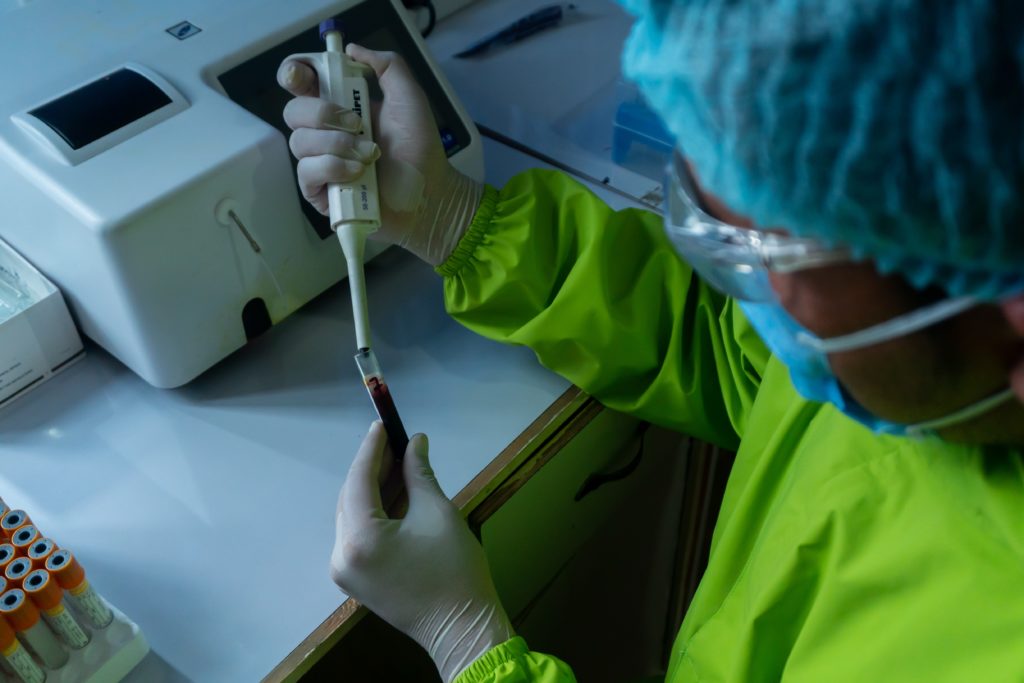
The race to integrate medical technology into the healthcare industry doesn’t always seem like an altruistic, humanitarian project. Too often, we get distracted by the financial profits and politics involved. But at the end of the day, new technological applications in diagnosis and treatment carry the potential of saving millions of lives a year while also dramatically reducing our overall healthcare costs.
After all, what could be a better fix for our society’s healthcare conundrum than majorly decreasing the rate of suffering and mortality? If fewer people get sick and require costly complicated procedures and surgeries, hospitals and medical facilities can invest more time and resources into curing some of the major afflictions like cancer and heart disease.
The following are a few different medical technologies, innovations and applications that could change the face of healthcare in the coming decade:
Flow cytometry
Flow cytometry is not new as a diagnostic procedure nor as a research technique but its steady growth over the last few decades has changed the field of oncology. Developed in the 1970s as a method of identifying complex cell populations in human tumors, flow cytometry is a key component in understanding diseases and how they affect cellular processes.
A specialized form of flow cytometry, fluorescence-activated cell sorting (FACS), as well as multicolor flow cytometry, has allowed for continued refinement in the field. As the knowledge base expands, so too do our powers of diagnosis and treatment.
Stem cell cure for diabetes
Type 1 diabetes is far less common than type 2, accounting for only 5-10 percent of the diabetes-afflicted U.S. population. Nevertheless, it is an incurable, autoimmune disease that affects 1.25 million Americans, mostly kids and young adults, who grow up taking insulin injections.
While there is no cure, a new treatment may be on the horizon that could dramatically improve the lives of those who suffer from it. Some scientists and biologists believe that stem cells can be used to manufacture insulin-producing replacement beta cells. Hundreds of millions of dollars in research and development have gone into prototypes of implantable devices that basically act as crossing guards for the immune system, letting glucose and insulin in but keeping undesirable cells out.
Artificial intelligence that can diagnose cancer
One of the nefarious and difficult realities of cancer is that sometimes it doesn’t express symptoms until it’s already too far along. For example, lung cancer screenings often beckon high-risk people to get CT scans but these carry their own risks and problems.
The answer, according to some, is essentially replacing radiologists with advanced AI whose algorithms can more easily spot cancer and deliver fewer false positives and false negatives.
AI is not only improving the image scanning capabilities of modern science, neural nets could bolster the entire field of genomics. With 18 million new global cases of cancer in 2018 alone, this diagnostic collaboration of humans and AI could turn out to be one of the grandest medical endeavors in history.
3D digital heart
This one truly does sound like something out of a science fiction novel, but it’s actually simpler than it sounds. This wouldn’t be an actual digital heart inside the patient’s chest, but rather a personalized simulated computer model that would allow doctors to diagnose blockages in arteries without needing invasive catheterization.
Previously, a patient with a malfunctioning heart or one with insufficient blood flow only had a few options and they were very serious treatments. A 3D digital heart would allow doctors to more easily study coronary problems and figure out the best way to treat them without scary, painful diagnostic procedures.
Of course, back in the science fiction realm, there are doctors experimenting with actually creating synthetic organs, even hearts, using 3D printed cells and tissues. This kind of technology probably won’t be used in a real procedure anytime in the near future, but 10 years from now we could be forecasting it as a technology of the 2030s.
With the spread of the COVID-19 pandemic, the need for medical innovation has never been so clear. While it’s hard to know what the end results of the tragic coronavirus will be, we can at least hope that it pushes along more technologies and diagnostic tools to advance the field of medical technology.




